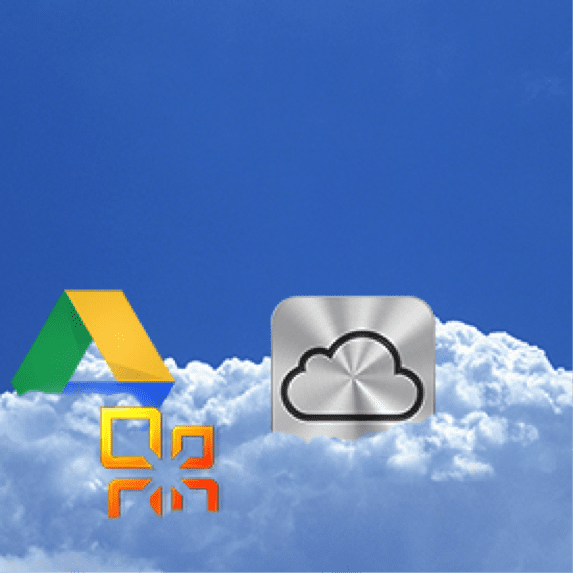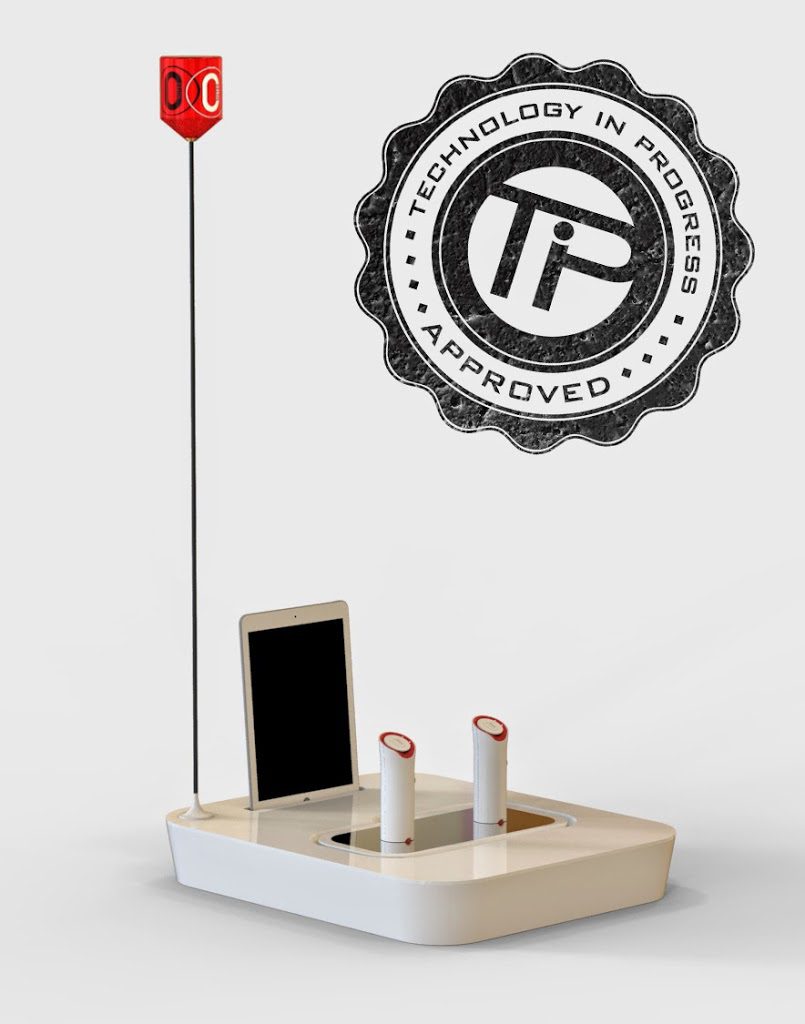July 29th, 2014
It seems that everyone is talking about “cloud computing”; the cloud is constantly mentioned in mainstream media such as movies, commercials, and articles.
So what exactlyis the cloud and where did it come from?
Many people are unsure about the answer to these questions. Today we will explain all that you need to know about cloud computing, and how it impacts your daily Internet activity.
In the simplest terms, cloud computing means storing and accessing data and programs over the Internet instead of your computer’s hard drive. This pool of computing resources includes servers, storage, applications, and voice services.
The “cloud” is essentially just a metaphor for the Internet: a gigantic server-farm infrastructure that’s accepting connections and throwing out information as it floats.
How is this more beneficial than just storing things on your computer hard drive?
Since your files are connected through the Internet you don’t have to worry about any storage filling up and slowing down your computer, nor do you have to worry about losing those files due to computer mishaps. You also have the convenience of being able to access your saved content from nearly any Internet device.
Smartphone apps use cloud computing technology to let you store and access data that normally wouldn’t fit on your handheld device. TIP Solutions, in fact, is about to roll out a cloud-based app service named CALLcheck that captures, in the cloud, information about who calls you when your mobile phone is off the cellular network. Right now, this information is lost. You can check out the CALLcheck cloud service here: www.callsnapapp.com
Looking for an easy and secure (and free) cloud-based storage service? Download Dropbox.
With Dropbox, users can drop any file into your own dedicated and personally made folders. The file is then automatically uploaded to Dropbox’s cloud-based service and made available to any other of the user’s computers and devices that also have the Dropbox application installed. These folders are able to easily synchronize into your own personal storage or shared with others. You are also able to allow file collaborations, where other Dropbox users whom you approve are able to access and contribute to the contents within a folder. The service is free up until a set storage size, and for more capacity a paid subscription is required.


